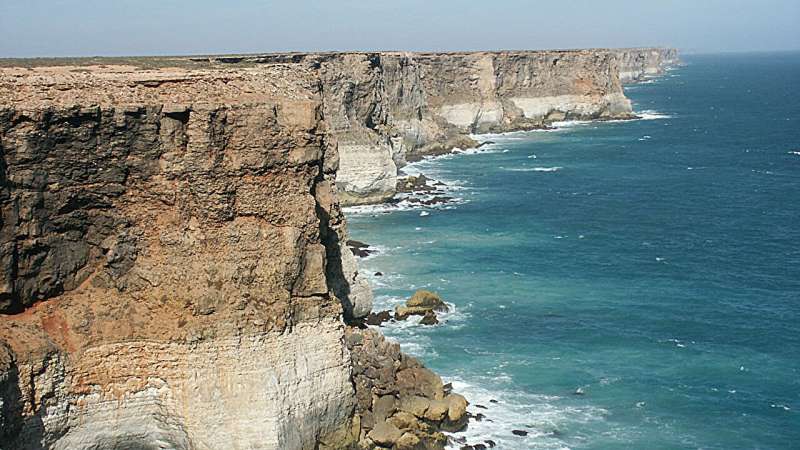This article has been reviewed according to Science X's editorial process and policies. Editors have highlighted the following attributes while ensuring the content's credibility:
fact-checked
peer-reviewed publication
trusted source
proofread
How mantle movements shape Earth's surface

The movement of tectonic plates shapes the rocky features of Earth's surface. Plates' convergence can form mountain ranges or ocean trenches, and their divergence can form oceanic ridges. But it's not just the plates themselves that influence Earth's topography. The mantle layer underneath exerts its own subtle influence, which can be seen even in places located far from tectonic plate edges, and is referred to as residual topography.
To better understand how the mantle affects topography, Stephenson and colleagues, building on previous work focused on the oceans, created two new databases. The paper is published in the Journal of Geophysical Research: Solid Earth.
One compiles 26,725 measurements of crust thickness around the globe, the largest such database to date, along with estimates of seismic velocity. The other contains laboratory analysis of seismic velocity as a function of temperature, density, and pressure. Together these measurements helped disentangle crustal influences on topography from mantle influences to identify residual topography.
The researchers found that differences in the temperature and chemical structure of the mantle can cause swells and basins in the landscape distinct from those that form at the edges of tectonic plates. These features can rise or fall by up to 2 kilometers and stretch for hundreds to thousands of kilometers—all within the interior of plates.
Some of the highest swells (about 2 kilometers), which are thought to correspond to locations where the mantle is particularly hot, can be found in the Afar–Yemen–Red Sea region, western North America, and Iceland. Some of the deepest basins (deeper than about 1.5 kilometers), where the mantle is thought to be cooler, are in areas near the Black, Caspian, and Aral seas, as well as in the East European Plain. This pattern of swells and basins may control—to some extent—the locations where significant erosion and sedimentary deposition occur.
These topographical features can develop slowly over millions of years, but they nonetheless control important geological processes. According to the researchers, these findings could help explain the existence of magmatism found far from plate boundaries. They also could help scientists understand the elusive effects of flow in Earth's mantle on the surface through geologic time.
More information: Simon N. Stephenson et al, Continental Residual Topography Extracted From Global Analysis of Crustal Structure, Journal of Geophysical Research: Solid Earth (2024). DOI: 10.1029/2023JB026735
Journal information: Journal of Geophysical Research: Solid Earth
Provided by American Geophysical Union
This story is republished courtesy of Eos, hosted by the American Geophysical Union. Read the original story here.





















